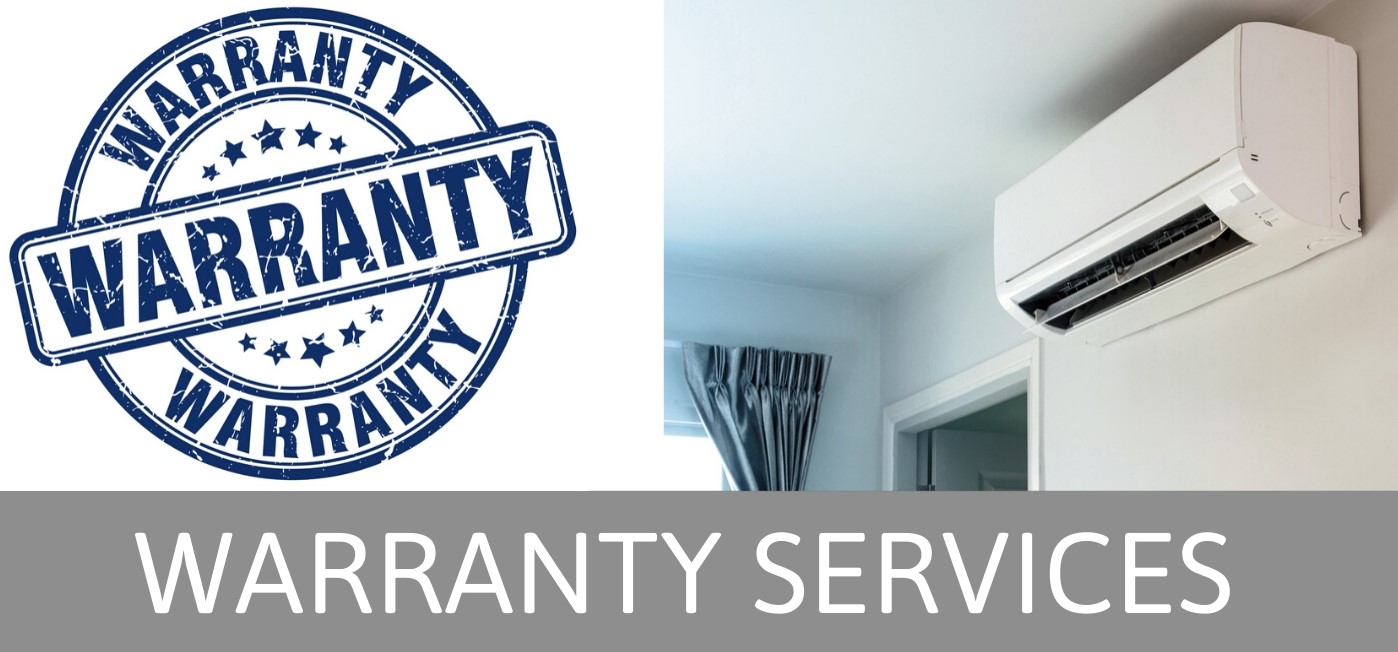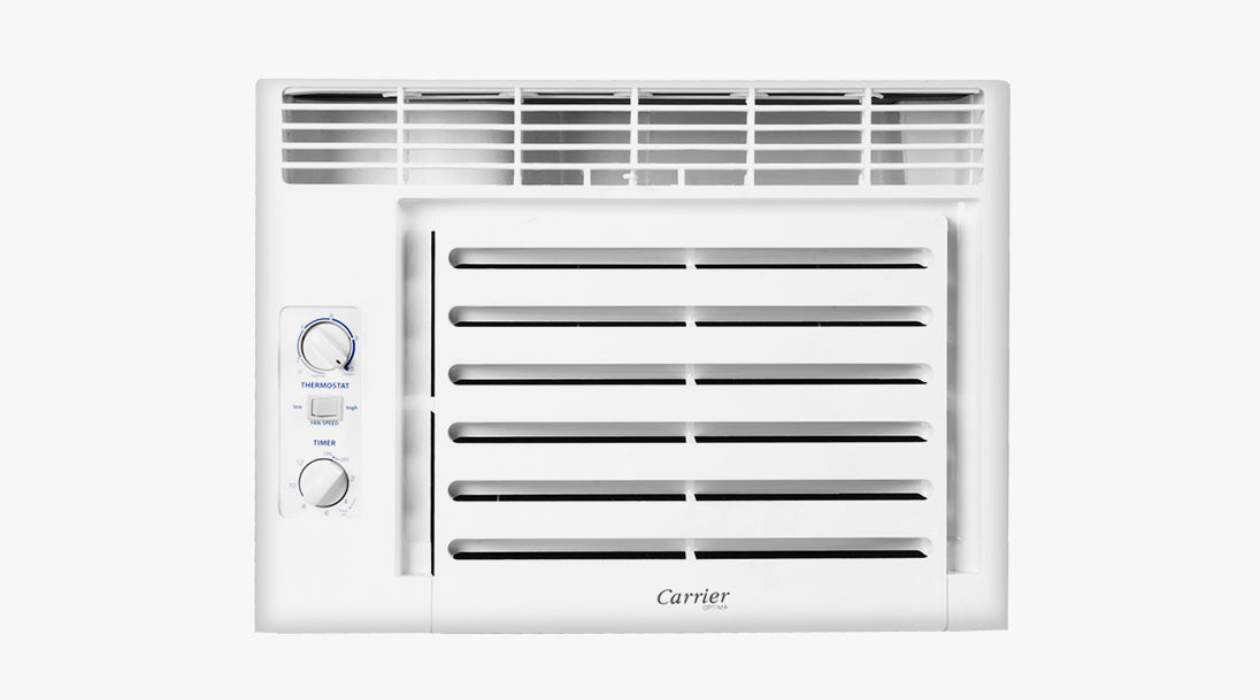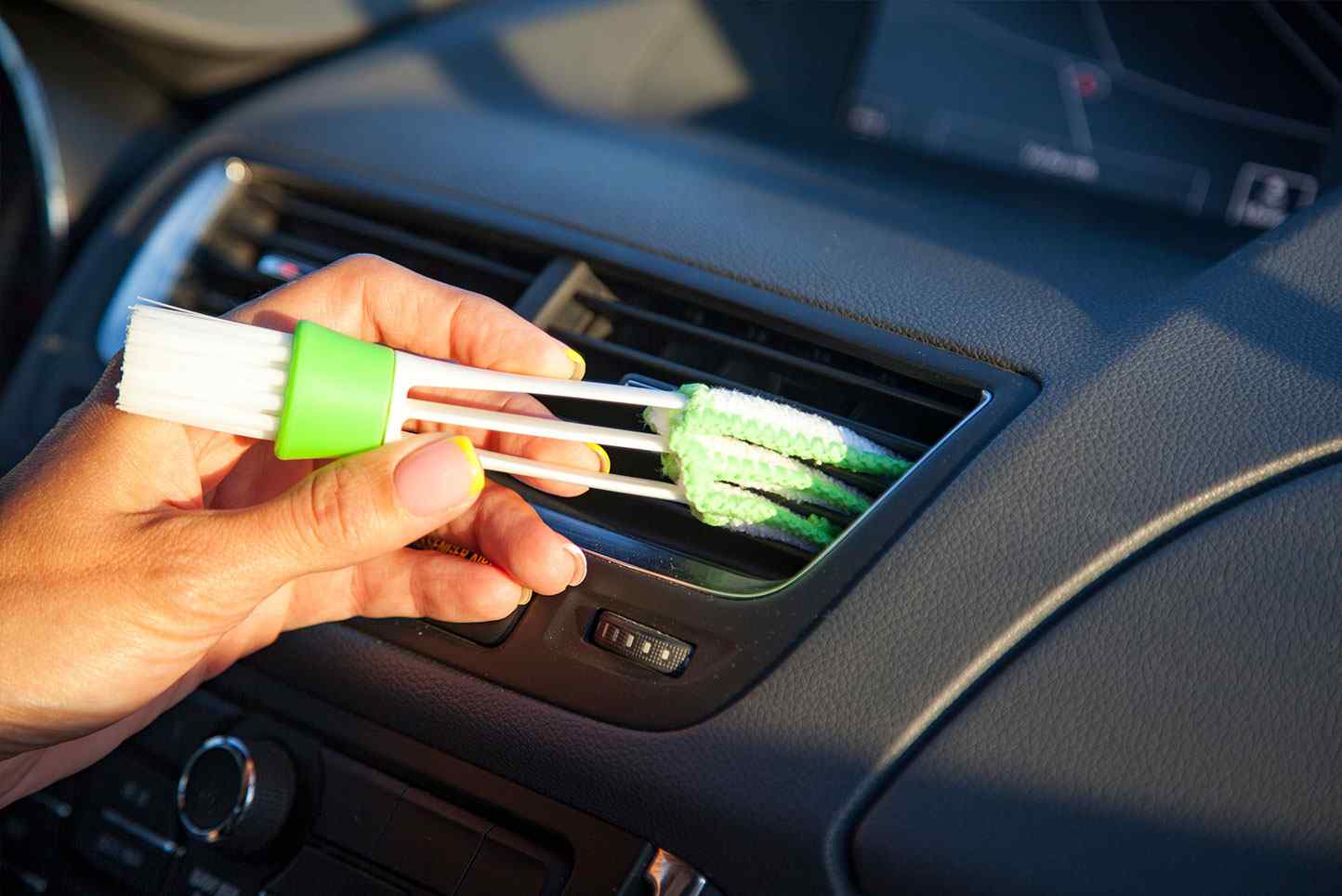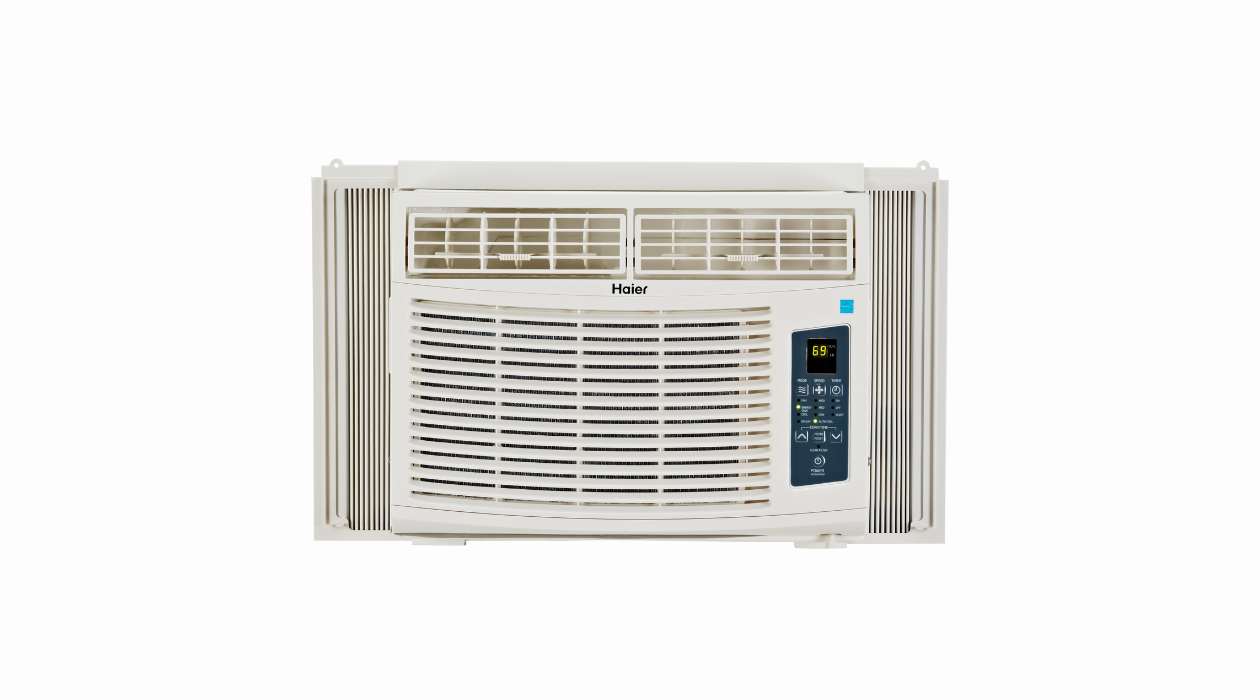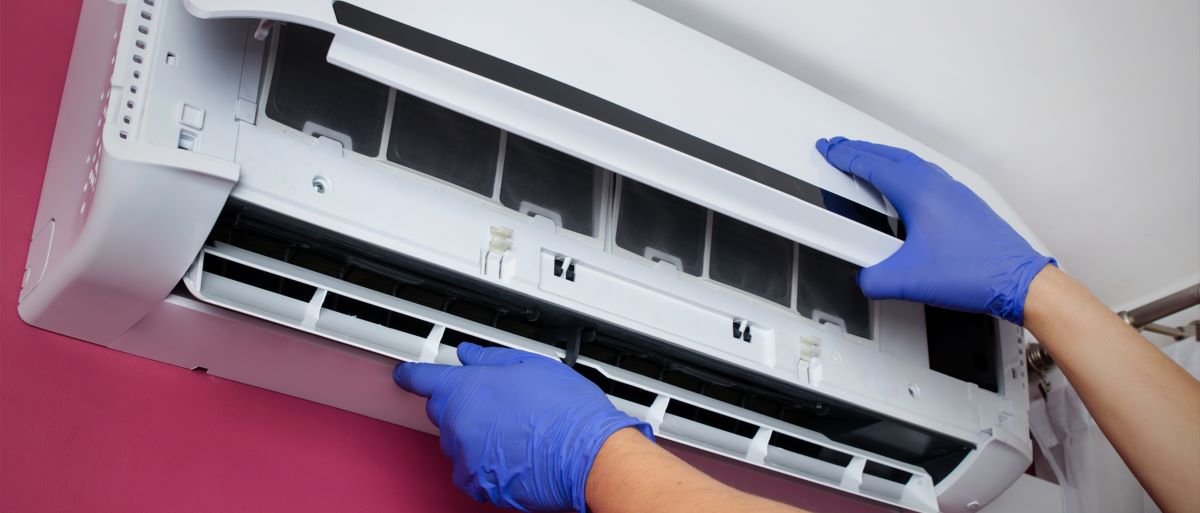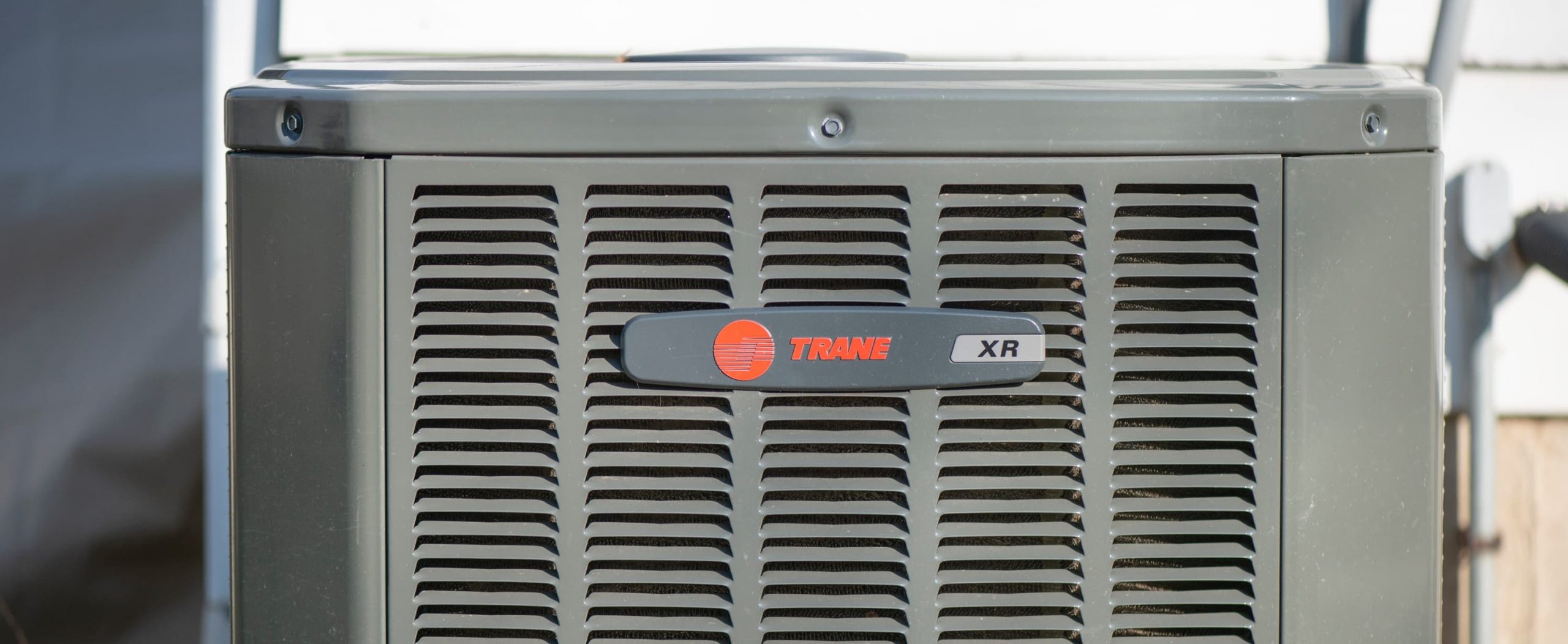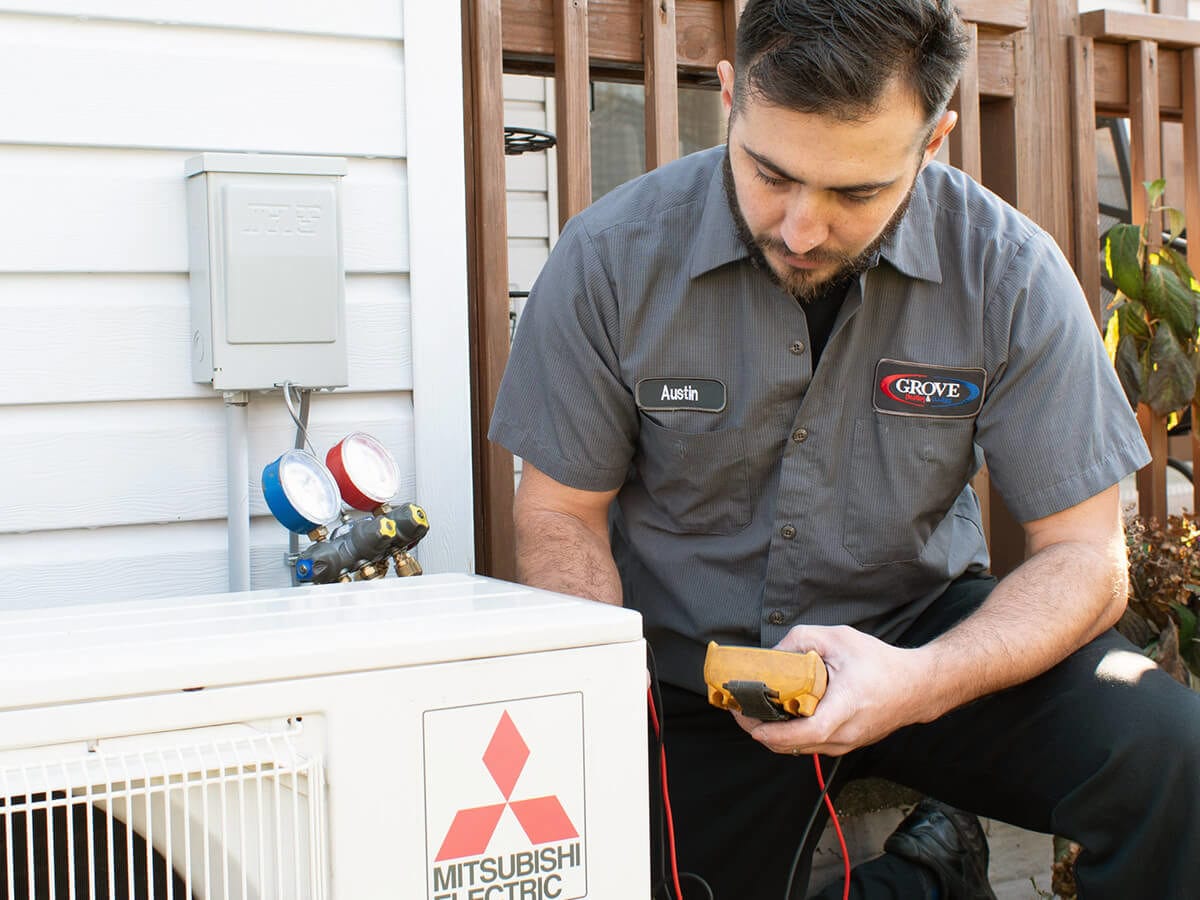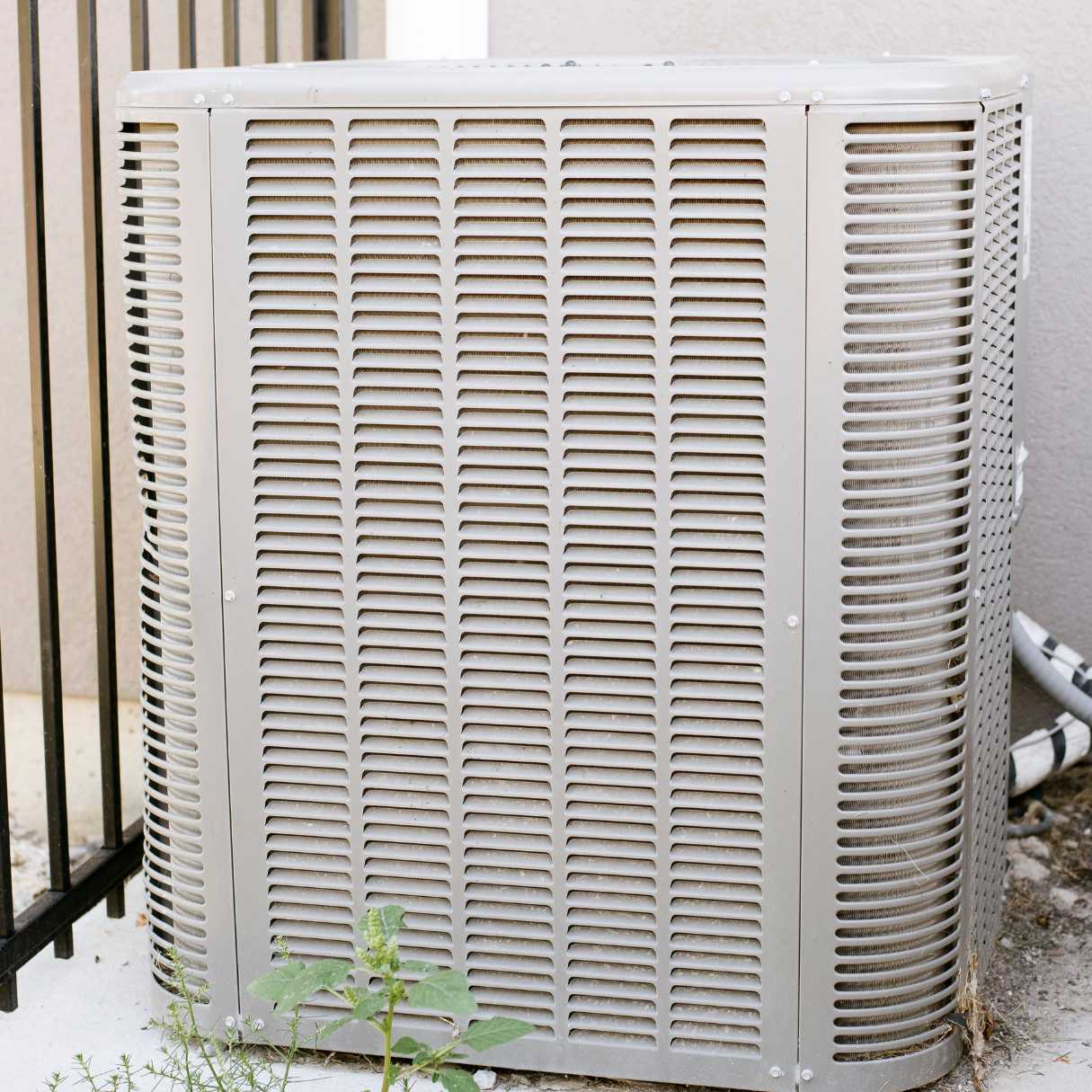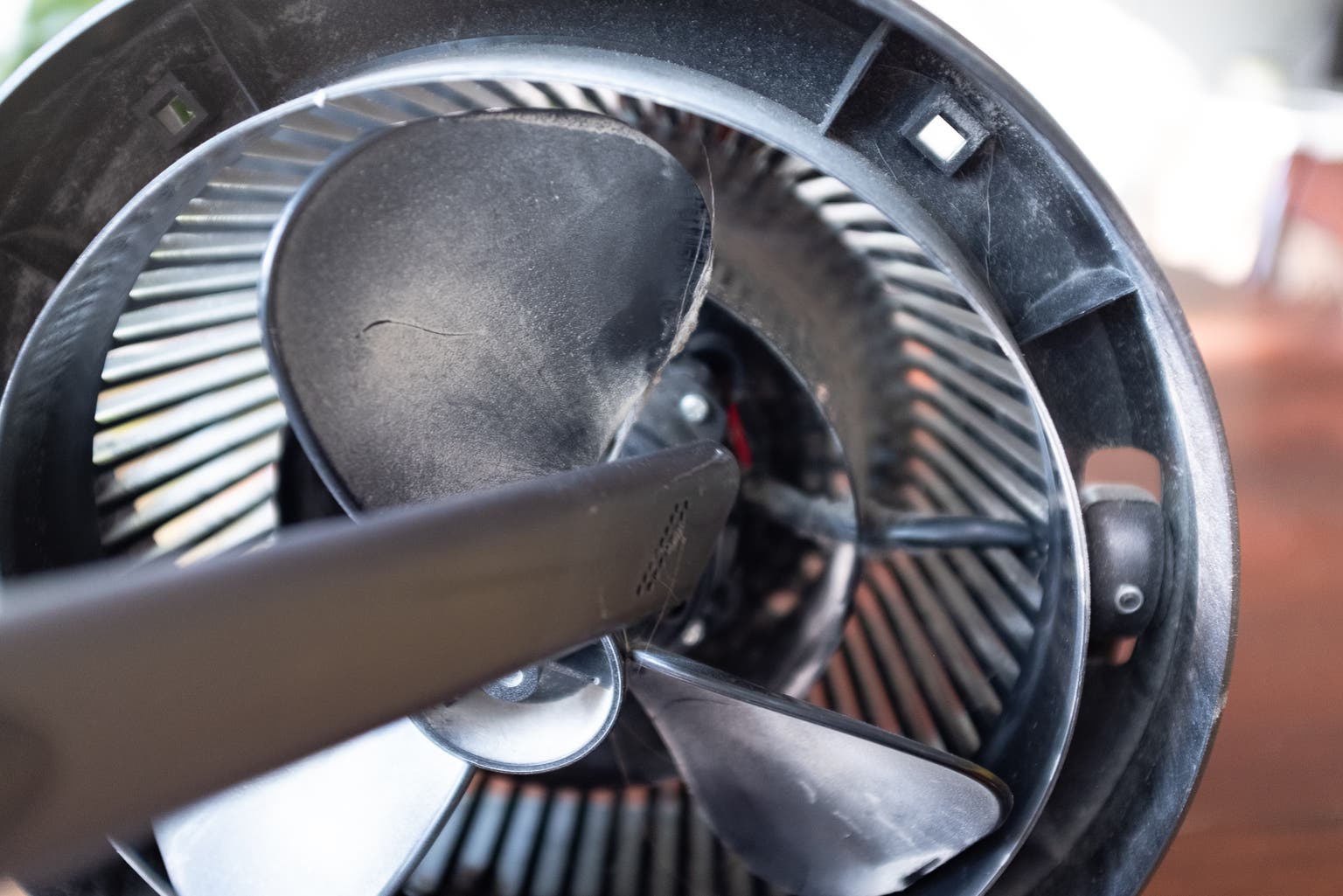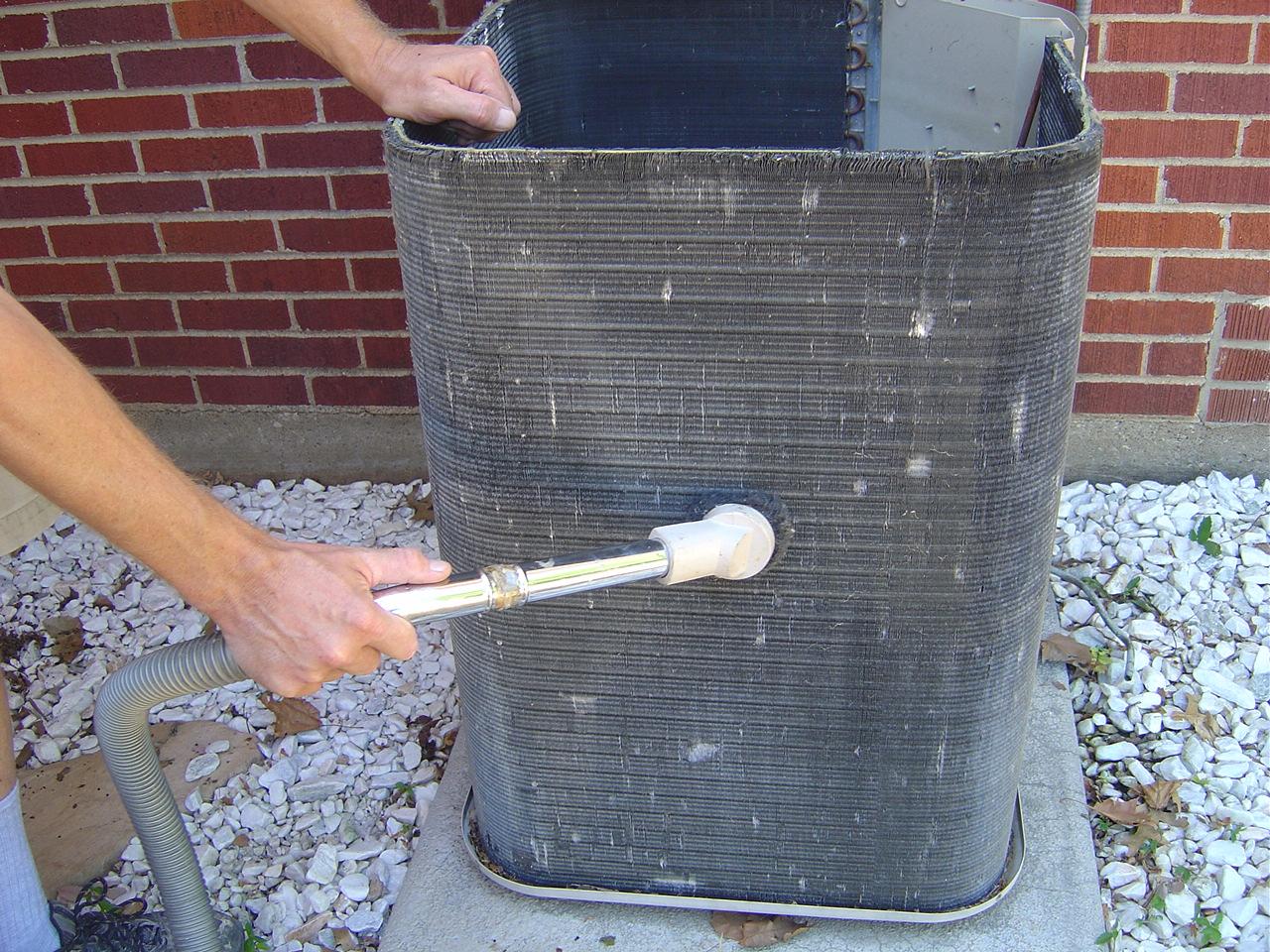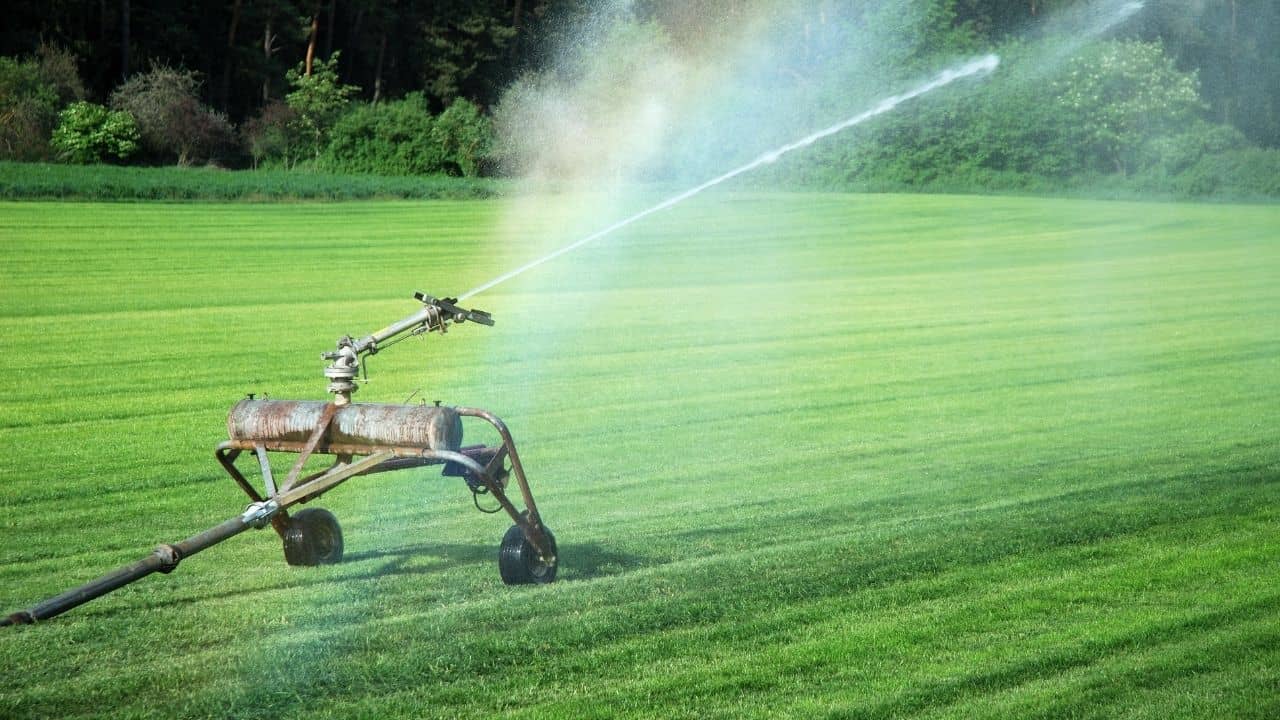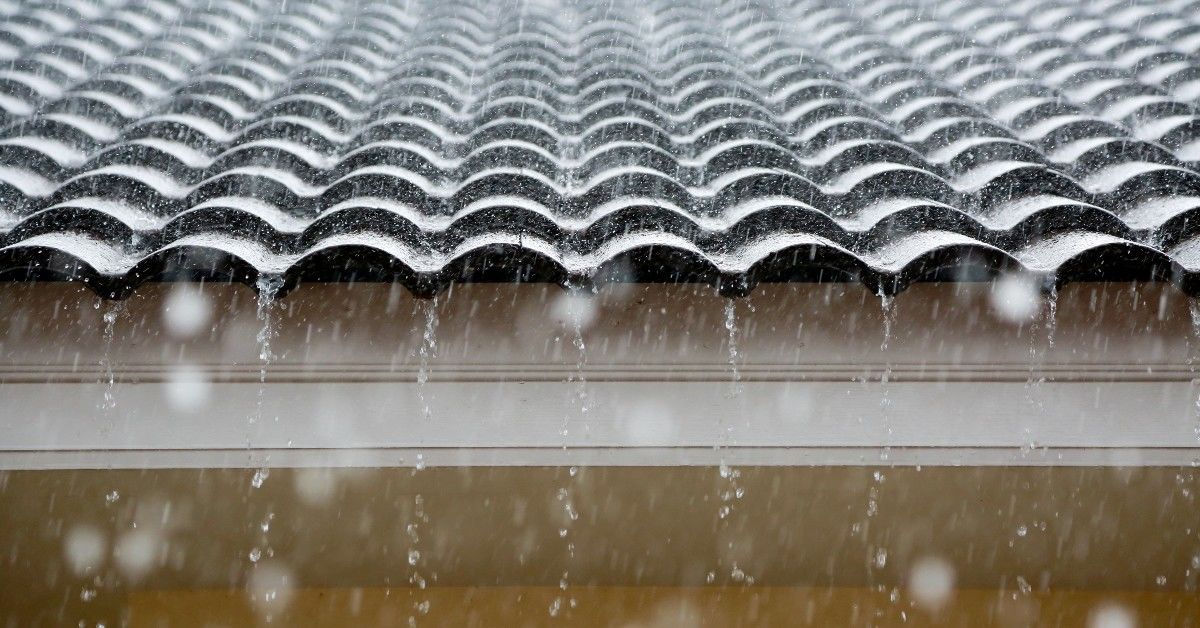Home>Home Maintenance>How Long To Let An Air Conditioner Dry After Cleaning
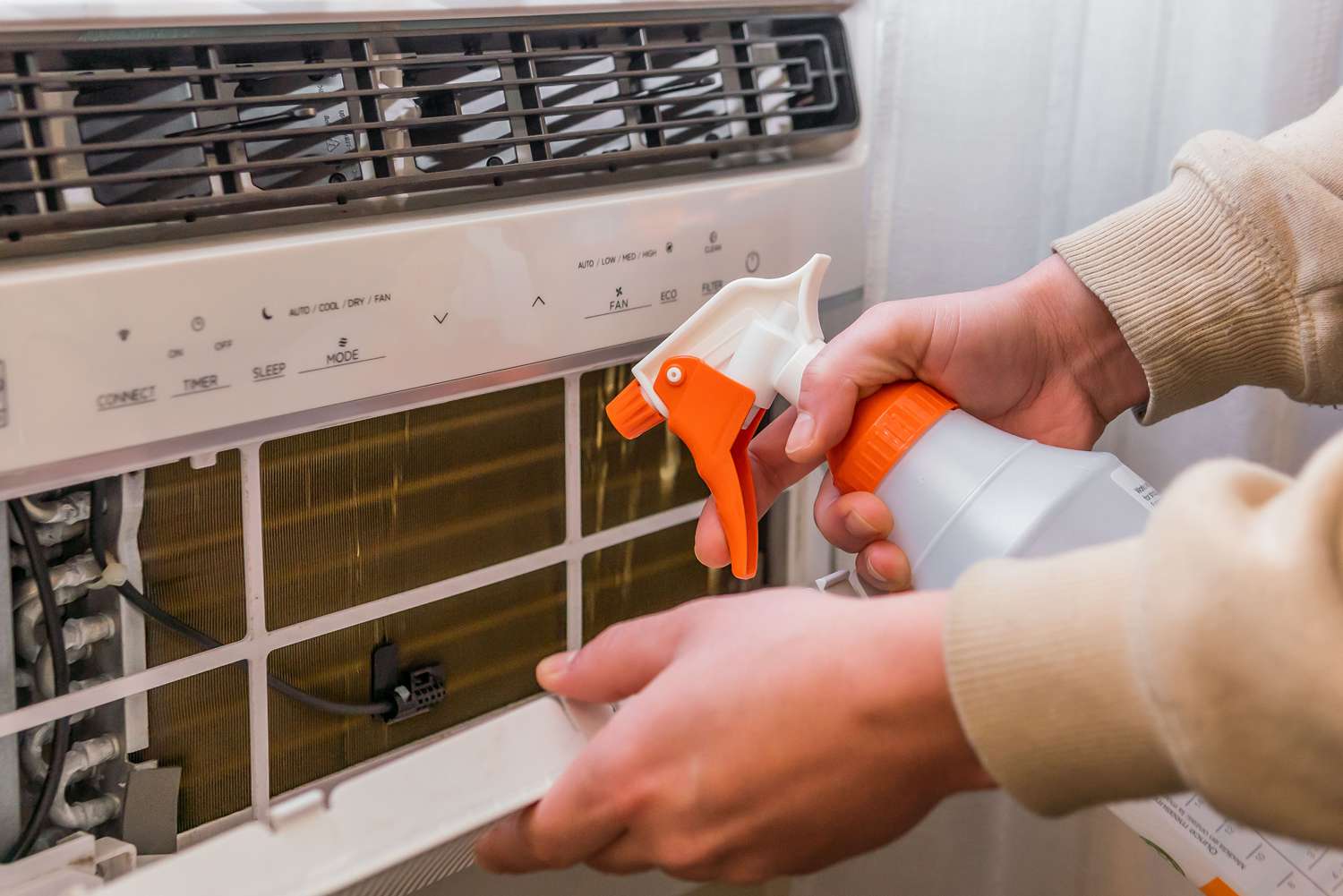

Home Maintenance
How Long To Let An Air Conditioner Dry After Cleaning
Modified: March 7, 2024
Make sure to let your air conditioner dry for the recommended amount of time after cleaning. Find out how long it takes and other important home maintenance tips.
(Many of the links in this article redirect to a specific reviewed product. Your purchase of these products through affiliate links helps to generate commission for Storables.com, at no extra cost. Learn more)
Introduction
Keeping your air conditioner clean is essential for optimal performance and energy efficiency. Regular maintenance, including cleaning the air conditioner, helps ensure that it operates smoothly and extends its lifespan. However, after cleaning your air conditioner, it is crucial to allow it to dry properly before turning it back on. In this article, we’ll discuss why it’s important to let an air conditioner dry after cleaning, factors that affect drying time, and how long you should wait before turning it on again.
After cleaning your air conditioner, there are residual moisture and wet components within the system that need to evaporate. Failure to allow for proper drying time can lead to various issues, including reduced cooling efficiency, increased energy consumption, and even potential damage to the unit. Therefore, it’s crucial to understand the importance of allowing your air conditioner to dry thoroughly.
When moisture remains in the air conditioner, it can create a breeding ground for mold and mildew. These contaminants can cause foul odors, affect air quality, and lead to respiratory problems for you and your family. Additionally, excess moisture can cause corrosion of the internal components, leading to expensive repairs or even a complete breakdown of the unit.
Furthermore, allowing your air conditioner to dry thoroughly helps maintain its overall efficiency. When the cooling coils and other components are wet, the air conditioner must work harder to achieve the desired temperature, leading to increased energy consumption. By letting it dry completely, you can ensure that your air conditioner operates efficiently and effectively, saving energy and reducing cooling costs in the long run.
Now that we understand the importance of letting an air conditioner dry after cleaning, let’s explore the factors that can affect the drying time and how long you should wait before turning it back on.
Key Takeaways:
- After cleaning your air conditioner, let it dry for 24-48 hours. This prevents mold, ensures efficient cooling, and extends the unit’s lifespan. Patience pays off for a healthier, longer-lasting AC!
- Look for visible dryness, lack of condensation, and no musty odors to ensure your AC is fully dry. Take steps to inspect and clean components before turning it back on for optimal performance.
Read more: How Long To Let Pumpkin Seeds Dry
Why is it important to let an air conditioner dry after cleaning?
Proper drying of an air conditioner after cleaning is crucial for several reasons. Letting it dry completely helps prevent the growth of mold and mildew, ensures optimal performance, and extends the lifespan of the unit.
One of the primary reasons to let an air conditioner dry after cleaning is to prevent the growth of mold and mildew. Moisture from the cleaning process can remain in the unit, creating a damp environment that is perfect for these harmful substances to thrive. Mold and mildew not only produce unpleasant odors, but they can also lead to various health issues, such as allergies, asthma, and respiratory infections. By allowing the air conditioner to dry thoroughly, you can mitigate the risk of mold and mildew growth and ensure cleaner and healthier indoor air quality.
In addition to preventing the growth of mold and mildew, proper drying after cleaning ensures the optimal performance of your air conditioner. If the internal components are still damp, the cooling process will be less efficient, resulting in reduced airflow and decreased cooling capacity. This can lead to longer cooling times, discomfort, and even potential damage to the unit. By letting it dry completely, you can ensure that the air conditioner operates at its full potential, providing effective and efficient cooling for your home.
Furthermore, allowing the air conditioner to dry after cleaning helps extend its lifespan. Moisture can cause corrosion and deterioration of the unit’s internal components, leading to premature wear and tear. Over time, this can result in costly repairs or even the need for a complete replacement. By properly drying the air conditioner, you can minimize the risk of damage caused by moisture and prolong the lifespan of your unit, saving you money in the long run.
Overall, it is important to let an air conditioner dry after cleaning to prevent the growth of mold and mildew, ensure optimal performance, and extend its lifespan. By taking the time to allow for proper drying, you can maintain a healthier indoor environment, enjoy efficient cooling, and avoid unnecessary expenses on repairs or replacements.
Factors that affect drying time
Several factors can influence the drying time of an air conditioner after cleaning. Understanding these factors will help you determine how long it will take for your specific unit to dry completely.
1. Humidity: Humidity levels play a significant role in the drying process. High humidity slows down evaporation, making it take longer for the moisture to evaporate from the air conditioner. On the other hand, low humidity speeds up evaporation, resulting in a shorter drying time. If you live in a humid area, it may take longer for your air conditioner to dry compared to those in drier regions.
2. Airflow: Proper airflow is crucial for the drying process. Good ventilation helps the moisture evaporate more quickly. If your air conditioner is located in an area with limited airflow, such as a closed room or a tight enclosure, it may take longer to dry. Ensure that there is adequate ventilation around the unit by opening windows or using fans to promote air circulation.
3. Temperature: Higher temperatures can accelerate the drying process by increasing the rate of evaporation. If the surrounding temperature is warm, the air conditioner will dry faster. However, if the temperature is low, it will take longer for the moisture to evaporate. Consider cleaning your air conditioner during warmer months or use temporary heating methods to raise the temperature in the vicinity of the unit for faster drying.
4. Size and Type of Air Conditioner: The size and type of air conditioner can also impact the drying time. Larger units tend to have more internal components and a larger surface area, which means there is more moisture to evaporate. Similarly, different types of air conditioners, such as window units or central air systems, may have varying components that require different drying times. Consult the manufacturer’s guidelines or seek professional advice to determine the specific drying time for your particular air conditioner model.
5. Degree of Cleaning: The thoroughness of the cleaning process can also affect drying time. If you have performed a deep cleaning that involves disassembling and washing internal components, it may take longer for the air conditioner to dry completely. Conversely, if you have only done a surface cleaning, the drying time may be shorter. Consider the extent of the cleaning performed and adjust your expectations accordingly.
It’s important to keep in mind that these factors are interrelated and can affect each other. For example, a combination of high humidity and low airflow can significantly increase the drying time. Therefore, it is essential to consider all these factors and make adjustments accordingly to ensure the air conditioner dries completely before turning it back on.
How long should you let an air conditioner dry?
The drying time for an air conditioner after cleaning can vary depending on various factors, including humidity, airflow, temperature, the size and type of the unit, and the degree of cleaning. While there is no one-size-fits-all answer, it’s generally recommended to let the air conditioner dry for at least 24 to 48 hours.
During this time, it’s crucial to ensure that the unit is turned off and unplugged from the power source. This will prevent any accidental start-ups while the components are still wet, reducing the risk of damage to the unit or electrical hazards.
Now, it’s important to note that the 24 to 48 hours drying time is a general guideline, and it can vary depending on the specific factors mentioned earlier. For instance, if you live in an area with high humidity or if the air conditioner is located in a room with limited airflow, it may take longer for the unit to dry completely. In such cases, it’s recommended to wait until the interior and exterior surfaces of the air conditioner are visibly dry to the touch.
Another way to determine if the air conditioner is fully dried is by checking for any signs of moisture inside the unit. You can inspect the cooling coils, filters, and other internal components for any visible drops of water or dampness. If you notice any moisture, it’s best to allow more time for drying before turning on the unit.
It’s worth mentioning that it’s always a good idea to consult the manufacturer’s guidelines or seek advice from a professional before determining the exact drying time for your specific air conditioner model. They can provide specific recommendations based on the unit’s design and construction.
Patience is key when it comes to drying an air conditioner after cleaning. Rushing the process and turning on the unit too soon can result in reduced performance, increased energy consumption, or even damage to the internal components. By allowing sufficient time for drying, you can ensure that your air conditioner operates efficiently and effectively, providing comfortable and cool air for your home.
After cleaning your air conditioner, let it dry for at least 3-4 hours before turning it back on. This will ensure that all the components are completely dry and prevent any potential damage.
Signs that your air conditioner is fully dry
Knowing when your air conditioner is fully dry after cleaning is essential to ensure optimal performance and prevent any potential issues. Here are some signs to look out for to determine if your air conditioner is completely dry:
1. Visible dryness: One of the most obvious signs that your air conditioner is dry is when the exterior surfaces and internal components are visibly dry to the touch. Check for any remaining moisture on the cooling coils, filters, and other components. If everything feels dry and there are no visible signs of dampness, it’s a good indicator that the unit has thoroughly dried.
2. Lack of condensation: When an air conditioner is still wet, you may notice condensation forming on the unit or around the vents. Once the air conditioner is fully dry, you should no longer see any condensation buildup. Check the exterior of the unit and the vents to ensure they are dry and free from any moisture or water droplets.
3. No musty or damp odors: When an air conditioner is not fully dry, it can emit musty or damp odors due to the presence of moisture and potential mold or mildew growth. Once the unit is completely dry, these unpleasant odors should no longer be present. If you detect any lingering musty smells, it’s an indication that the air conditioner may still have some moisture remaining and needs more time to dry.
4. No humidity buildup: In addition to checking for visible signs, monitor the humidity levels around your air conditioner. If the air feels damp or there is a noticeable increase in the humidity level in the room, it suggests that the unit is not completely dry. Wait until the humidity returns to a normal level before turning on the air conditioner.
5. No residual water or moisture: Check the drainage system of the air conditioner to ensure there is no residual water or moisture buildup. The drain pan, condensate line, and any other drainage components should be dry. If there is any water present, it’s an indication that the air conditioner is not fully dry, and you should allow more drying time before using the unit.
It’s important to note that these signs may vary depending on the specific air conditioner model and the conditions in which it is being used. It’s always a good idea to consult the manufacturer’s guidelines or seek advice from a professional if you are uncertain about whether your air conditioner is fully dry.
By observing these signs and ensuring that your air conditioner is completely dry before turning it on, you can help maintain its performance, prevent moisture-related issues, and promote a healthier and more comfortable indoor environment.
Steps to take before turning on the air conditioner after cleaning
After allowing your air conditioner to dry thoroughly following a cleaning, there are several important steps you should take before turning it back on. These steps will help ensure that the unit operates efficiently and effectively, and that you can enjoy cool and comfortable air in your home. Here are the key steps to follow:
1. Check for any loose or disconnected components: Before turning on the air conditioner, carefully inspect the unit to make sure that all components are properly connected and in good condition. Check the filters, coils, fan blades, and any other internal and external parts to ensure that they are securely in place. If you notice any loose or disconnected components, reattach or tighten them as necessary.
2. Clean or replace filters: Air conditioner filters play a crucial role in maintaining air quality and system efficiency. If your air conditioner has reusable filters, clean them according to the manufacturer’s instructions. If the filters are disposable, replace them with new ones. Clean filters allow for better airflow and prevent dust and debris from accumulating on the cooling coils, improving the unit’s overall performance.
3. Inspect and clean the condenser unit: The outdoor condenser unit is an essential part of your air conditioning system. Check the condenser fins and remove any dirt, leaves, or debris that may have accumulated. Gently brush away any clogged particles using a soft brush or a vacuum cleaner with a brush attachment. Ensure that the unit is free from obstructions and has adequate clearance for airflow.
4. Inspect the condensate drain: The condensate drain removes water that accumulates during the cooling process. Inspect the drain line to ensure it’s clear of any clogs or blockages. If you notice any buildup or clogs, clean the drain using a mixture of water and mild detergent or consult a professional for assistance. A clogged drain can lead to water leakage or damage to the air conditioner.
5. Turn on the air conditioner: After completing the above steps, you are ready to turn on your air conditioner. Start by setting the thermostat to the desired temperature and selecting the cooling mode. Give the unit a few minutes to start up and begin cooling the room. Monitor the airflow and temperature to ensure that it’s functioning properly.
6. Observe for any unusual noise or performance issues: As the air conditioner starts operating, pay attention to any unusual noises, vibrations, or performance issues. The unit should run smoothly without any excessive noise or sudden changes in cooling capacity. If you notice any issues, such as strange sounds or inadequate cooling, it may indicate a problem that requires professional attention. Contact a qualified technician to diagnose and address any issues promptly.
By following these steps before turning on the air conditioner after cleaning, you can ensure a smooth operation and optimal performance of your unit. Regular maintenance, including cleaning and proper care, will help extend the lifespan of your air conditioner and provide you with reliable and efficient cooling for years to come.
Conclusion
Properly drying your air conditioner after cleaning is a crucial step in maintaining its performance, efficiency, and longevity. Allowing the unit to dry completely helps prevent the growth of mold and mildew, ensures optimal airflow, and reduces the risk of damage to internal components. By following the recommended drying time of 24 to 48 hours, or until the air conditioner is visibly dry to the touch, you can ensure that it is ready to provide cool and comfortable air for your home.
Factors such as humidity, airflow, temperature, the size and type of air conditioner, and the extent of cleaning can affect the drying time. It’s important to consider these factors and adjust your expectations accordingly. Monitoring signs of dryness, such as lack of condensation, no musty odors, and absence of residual water or moisture, can provide further reassurance that your air conditioner is fully dry.
Prior to turning on the air conditioner after cleaning, take the necessary steps to ensure everything is in proper working order. Check for loose or disconnected components, clean or replace filters, inspect and clean the condenser unit, and clear any clogs in the condensate drain. These steps will help optimize the performance of your air conditioner and prevent any potential issues.
Remember to pay attention to any unusual noises or performance issues once the unit is turned on. If you notice any problems, it is best to consult a professional to diagnose and address the issue promptly.
Maintaining your air conditioner through regular cleaning and proper drying is essential for its overall performance, efficiency, and longevity. By following the recommended guidelines and taking the necessary precautions, you can enjoy a comfortable and cool indoor environment while prolonging the lifespan of your air conditioner.
In conclusion, taking the time to let your air conditioner dry thoroughly after cleaning is a small but significant step in ensuring its optimal performance and efficiency. By incorporating this essential maintenance task into your routine, you can enjoy the benefits of a well-functioning air conditioner that provides cool and clean air for many years to come.
Frequently Asked Questions about How Long To Let An Air Conditioner Dry After Cleaning
Was this page helpful?
At Storables.com, we guarantee accurate and reliable information. Our content, validated by Expert Board Contributors, is crafted following stringent Editorial Policies. We're committed to providing you with well-researched, expert-backed insights for all your informational needs.
